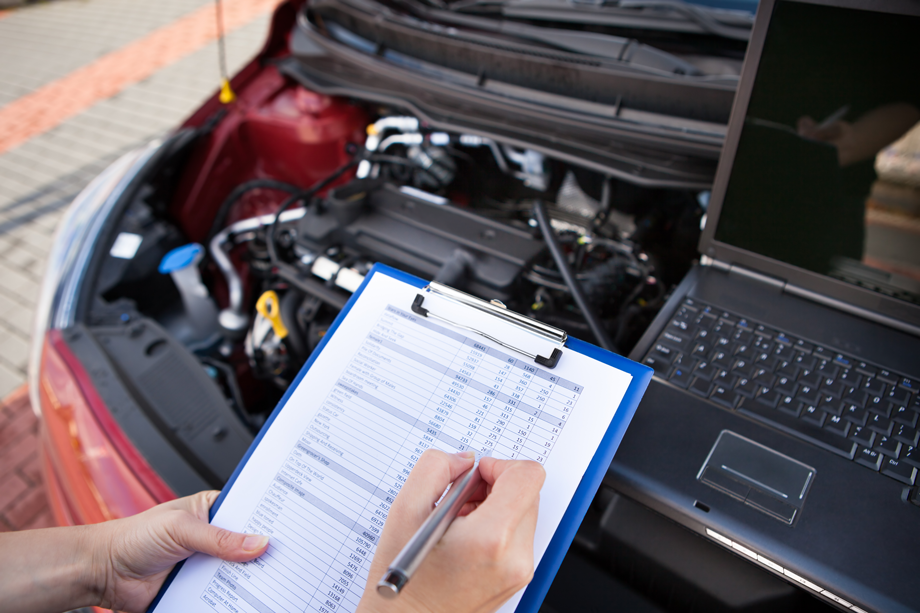Installation Guide
In our workshops we install turbochargers on all makes and models of cars and vans in accordance with manufacturers’ specifications.
Turbochargers supplied and fitted in TurboChargers.ie workshops come with 12 months warranty for parts, assembly and installation.
For turbochargers sold by us and fitted outside of our premises by third party, standard 12 months warranty for turbochargers' parts and assembly applied. Please ask your local mechanic about the warranty on turbo installation.
Before fitting the turbocharger
Turbochargers fail for a reason, so find and rectify the cause of the original turbocharger failure. Ensure that the engine is in good working order. Remember, most turbo failures happen as a result of some kind of engine problem.
In order to avoid any possible damage while installing new turbocharger or prematureoperating problems, either of which could invalidate the warranty, it is vital that theauto mechanic follows every step in these instructions carefully and completely.
TurboChargers.ie Installation Guidelines for correct turbocharger fitting
- Find out why the old unit failed. You don’t want the same problem to recur and damage the new turbo.
- Clean the engine internally with the engine flush. In cases of extreme amount of carbon and sludge in the engine change the oil, run the engine on idle speed for an hour, drain the oil and check it for the presence of the carbon particles. Repeat oil change if needed.
- Check that engine has the proper, undamaged oil dipstick – turbo failure may be attributed to incorrect oil levels.
- Check for cleanliness. The smallest particles of dirt can do irreversible damage to a turbocharger so check the engine intake/exhaust and intercooler systems for cleanliness and obstructions, carefully removing oil, pieces of old gaskets, dust, dirt and other debris.
- Replace the air filter.
- Check that the oil inlet and oil drain flanges are clean and free from obstruction, internal carbon and sludge, removing them to clean if necessary. If in doubt, replace with new.
- Turbo oil feed pipe and banjo bolts must be changed. Remove the filter from banjo bolts if there is any.
- Sump must be removed, checked for carbon deposits and sludge, cleaned and oil strainer (pick up filter) cleaned thoroughly or replaced, to remove dirt and debris build up. Check with vehicle manufacturer that the sump is of the correct (new and revised) specification.
- Oil pump should be removed and checked for correct operation and checked for blockages.
- Oil cooler and filter assembly should be removed and cleaned.
- Remove charge air cooler, ensure to drain off any oil and clean thoroughly.
- Check and clean all inlet and outlet hoses.
- Diesel Particulate filter (DPF) should be cleaned, static regeneration in accordance with manufactures guidelines should be carried out or the unit replaced.
- If oil has leaked from old turbo unit or engine into the exhaust system, ensure to check entire exhaust system (e.g. Catalytic Converter, DPF, flexi pipe etc) for heavy carbon deposits and blockages.
- Check vacuum pump for proper operation and debris/ carbon deposits, clean as necessary.
- Check EGR valve is in operational condition. Clean or replace if needed.
- Check Crankcase Breather Unit, Filter and Hoses. Clean or replace if needed.
- Check that the manifold casting is not cracked on the outside or breaking up internally. If in doubt, replace with new.
- Check fuel injector seals are not burnt or damaged. Replace as necessary.
- Replace the engine oil and filter, ensuring that only OEM recommended parts and specified oil are used. Check the exhaust-mounting flange is flat and free from cracks and carbon debris, and the studs are in good condition.
- Check that Mass Air Flow meter, Boost Pressure Sensor and other electronic components are in working order and properly connected.
- Mount the turbocharger on the exhaust flange checking that the turbine inlet gasket fits correctly to give a gas tight seal.
- Fill turbo inlet with clean engine oil and rotate the turbo shaft by hand.
- Connect oil feed and drain pipes. Don’t use exhaust paste or any other sealing compounds on any part of the turbo.
- Crank the engine by starter motor (preferably do not start engine) for 20 sec to build an oil pressure.
- Start the engine, let it idle for a few minutes and check for oil, air and exhaust gases leaks.
- Check the oil pressure is within the manufacturer’s specified limits.
- Check and remove trouble codes with the computer diagnostics. Perform the test drive and check again.
To the vehicle's owner:
We highly recommend changing the oil and filter in 500-1000 KM after turbo installation.
Check the used oil condition for solid particles of any kind when drain it. Don't exceed service intervals in a future.
Technicians at Turbochargers.ie always follow the above instructions and will be glad to install the turbocharger on your vehicle. Hundreds of successfully repaired and installed turbos and accumulated vast experience make us confident in what we do.






